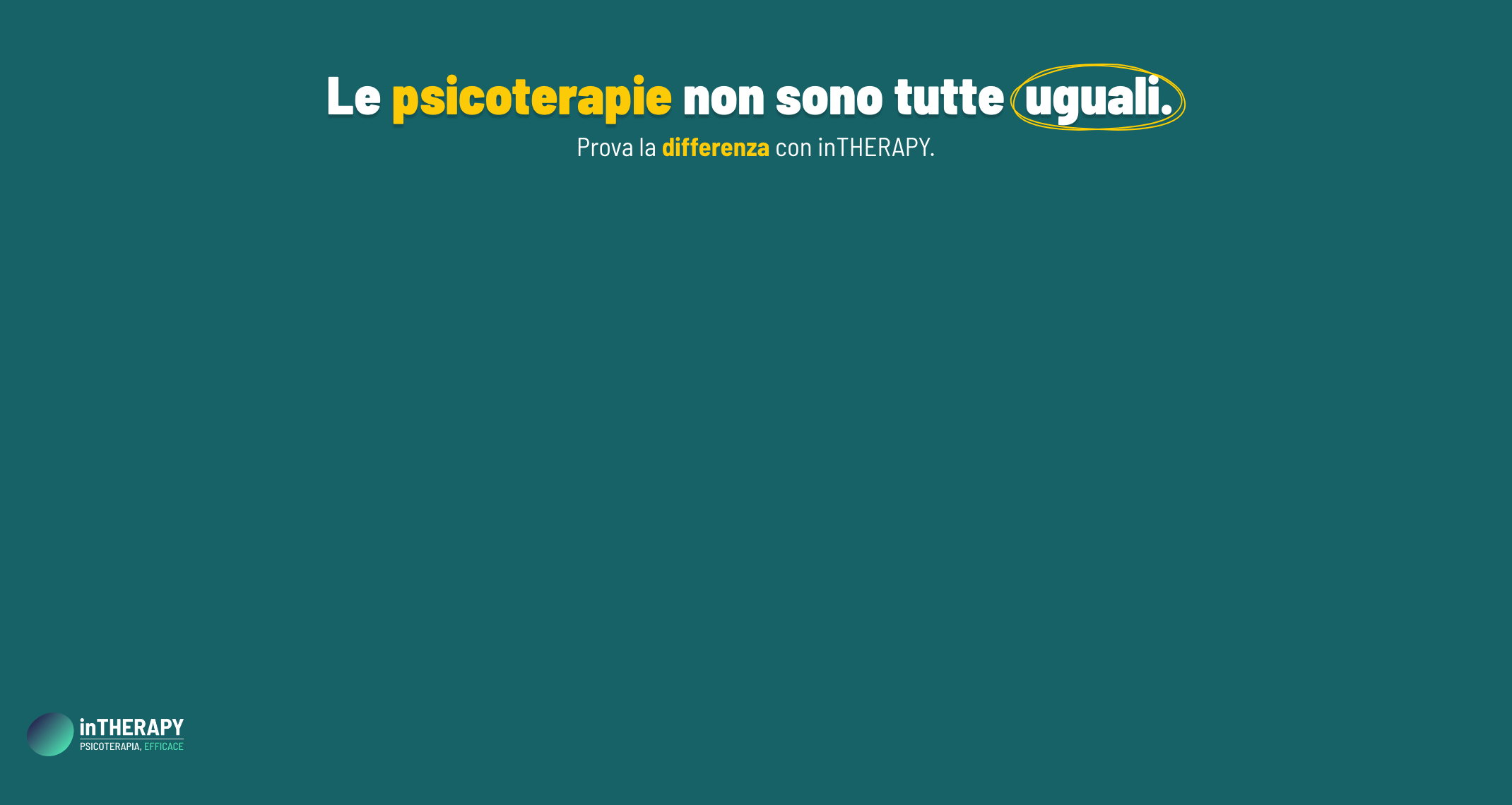Parents’ words and anxiety disorders – part 5

The first study examined mother-child conversations in the light of sexual, physical and emotional maternal trauma. Although specific words were not investigated in this study and there was no control group, the results are still noteworthy. Dialogues demonstrated maternal difficulty in supporting their children’s exploration of emotional experiences (Koren-Karie, Oppenheim & Getzier-Yosef, 2004). Thus, it appears that in the context of maternal trauma, mothers might be unable to encourage their children’s exploration of their own experiences regarding emotion.
Suveg, Zeman, Flannery-Schroeder and Cassano (2005) extended this avenue of research by examining emotion socialization in families of children with an anxiety disorder. Twenty-six children with an anxiety disorder and 26 non-clinical children between the ages of eight and 12 participated in an emotion interaction task. Parents and children discussed a situation in which the child felt worry, sadness and anger. Each discussion lasted five minutes. The conversations were investigated for the frequency of mother and child use of positive and negative emotion words, the discussion and facilitation of emotion, and the total number of words spoken by the mother and child, together and individually. The results demonstrated that mothers of children with an anxiety disorder spoke less frequently than mothers of control children. Mothers of anxious children also used significantly fewer positive emotion words, and discouraged their children from discussing emotions more than mothers of control children. Mothers and their non-clinical children also displayed higher amounts of emotional expressiveness than mothers and their anxious children.
Therefore, in the context of maternal trauma, it appears that mothers have difficulty encouraging their children’s discussion of emotion. Similarly, compared to non-anxious mother-child groups, the mothers of anxious children speak less and are less positive and more discouraging during emotional discussions. In the next part of this series I will discuss the third study investigating this topic. Interestingly, this study also includes fathers during family discussions.
BIBLIOGRAPHY:
- Koren-Karie, N., Oppenheim, D., & Getzier-Yosef, R. (2004). Mother who were severely abused during childhood and their children talk about emotions: Co-construction of narratives in light of maternal trauma. Infant Mental Heath Journal, 25, 4, 300 – 317.
- Suveg, C., Zeman, J., Flannery-Schroeder, E., & Cassano, M. (2005). Emotional socialization in families of children with and anxiety disorders. Journal of Abnormal Child Psychology, 33, 2, 145 – 155.


